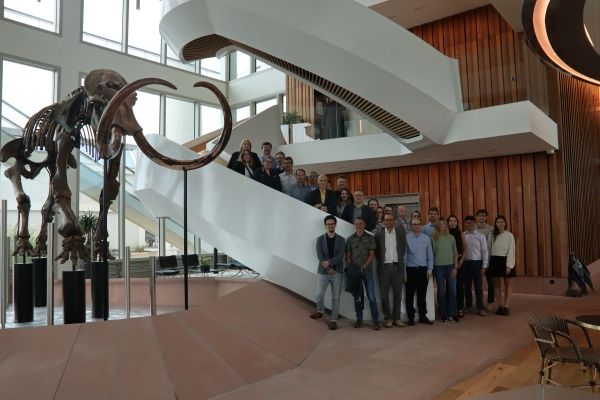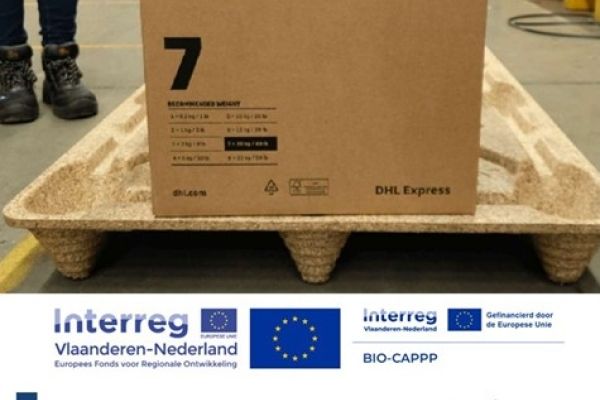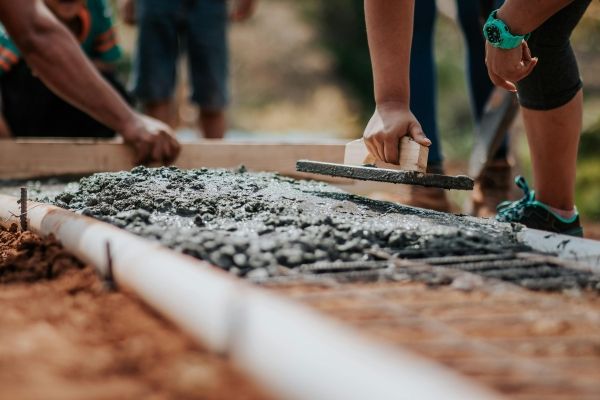VITO and KULeuven develop new process for the recovery of copper from chrysocolla
Within the H2020 MSCA-ETN SULTAN project, VITO and KU Leuven researchers developed a novel and straightforward solvometallurgical process to extract and recover copper from chrysocolla, an oxidized copper mineral that is difficult to process via traditional hydrometallurgical routes. As such, this new technique has the potential to improve the extraction efficiency of copper, a key metal in the energy transition.

Chrysocolla, a mineral with potential and challenges
Copper silicate chrysocolla (CuSiO3·2H2O) contains approximately 34 wt% of copper and is a common mineral to be found together with malachite and azurite in oxidized copper deposits. Despite of its large potential as a copper resource, difficulties in beneficiation (e.g. poor floatability) and metallurgical processing (e.g. formation of silica gel during acid leaching) limit the utilization of chrysocolla. However, there are solutions to these challenges.
Solvometallurgical process for chrysocolla utilization
As an alternative solvometallurgical leaching system, in this work the researchers investigated a new alkaline lixiviant based on monoethanolamine (MEA; H2NCH2CH2OH) to extract copper from high-grade chrysocolla ore. In addition, for the first time, a solubility study of different ammonium salts in MEA has been conducted.
Solvoleaching in a solution of 3 M NH4Cl in MEA enabled efficient and selective copper extraction from chrysocolla. The leaching temperature was a decisive parameter; leaching at elevated temperatures progressively improved copper extraction yields, with the highest yield of 88 % obtained by leaching at 100 °C for 4 hours.
Maximizing copper yield
Scanning electron microscopy combined with energy dispersive x-ray (SEM-EDX) analysis indicated the presence of copper-depleted silica surface layers in residual copper-containing chunks that eventually hinders complete copper extraction. However, it was demonstrated that either milling the leach residue to create fresh accessible surfaces or milling the starting material into finer particle size could improve copper extraction yield. Fourier-transform infrared (FTIR) analysis suggests that the leaching mechanism occurs via coordination of the amine functional group of MEA to copper(II) ions. The addition of ammonium chloride to MEA is expected to have provided chloride counter anions that kept the formed copper-ammine complex in solution.
Copper was recovered from the pregnant leach solution by sulfide precipitation with an aqueous (NH4)2S solution. Copper was precipitated as a covellite phase, with more than 98 % recovery yield. Furthermore, the reusability of the lixiviant was demonstrated by four leaching-precipitation cycles.
This work discloses the potential of MEA solvoleaching combined with sulfide precipitation as an alternative to overcome the challenges in the metallurgical processing of chrysocolla ore.













